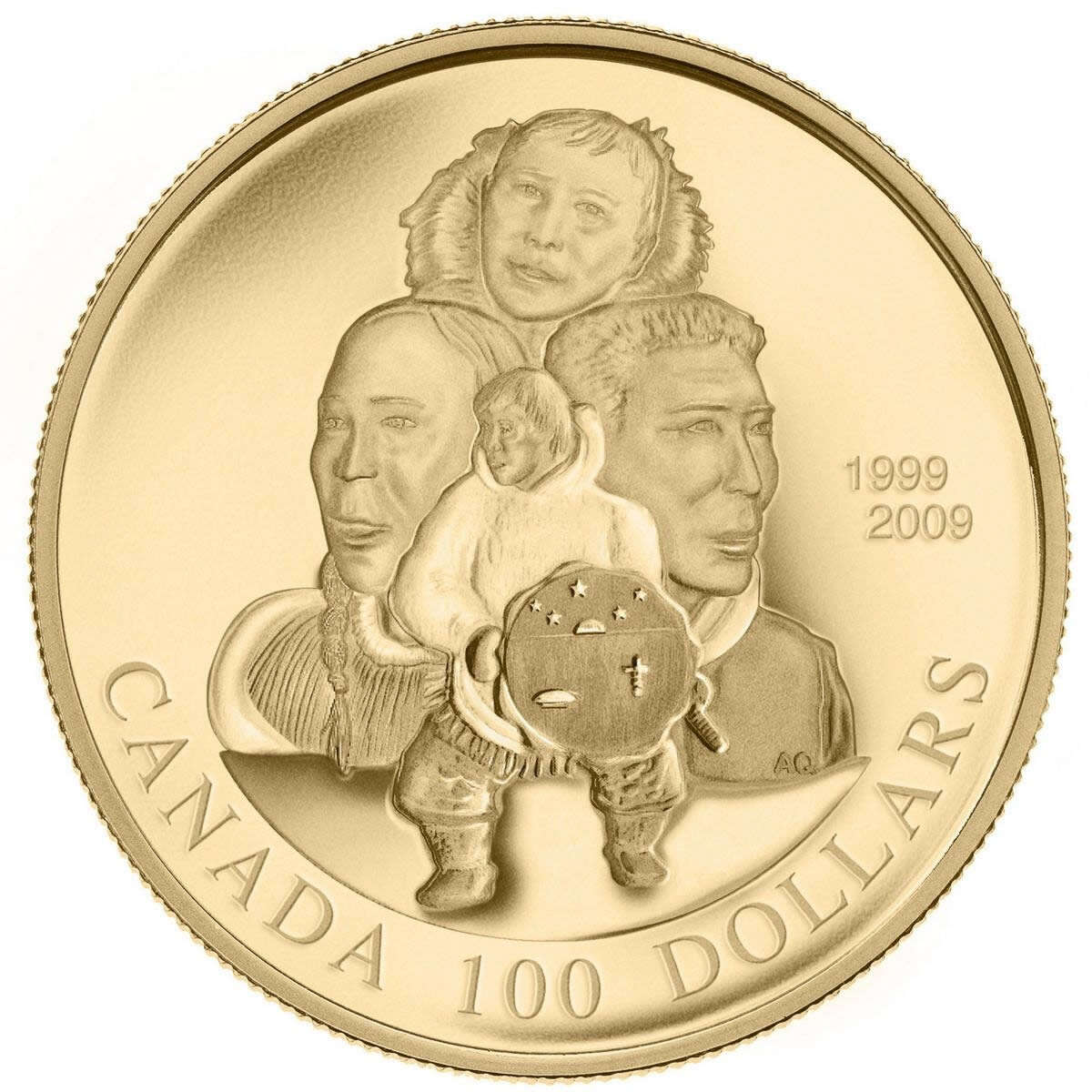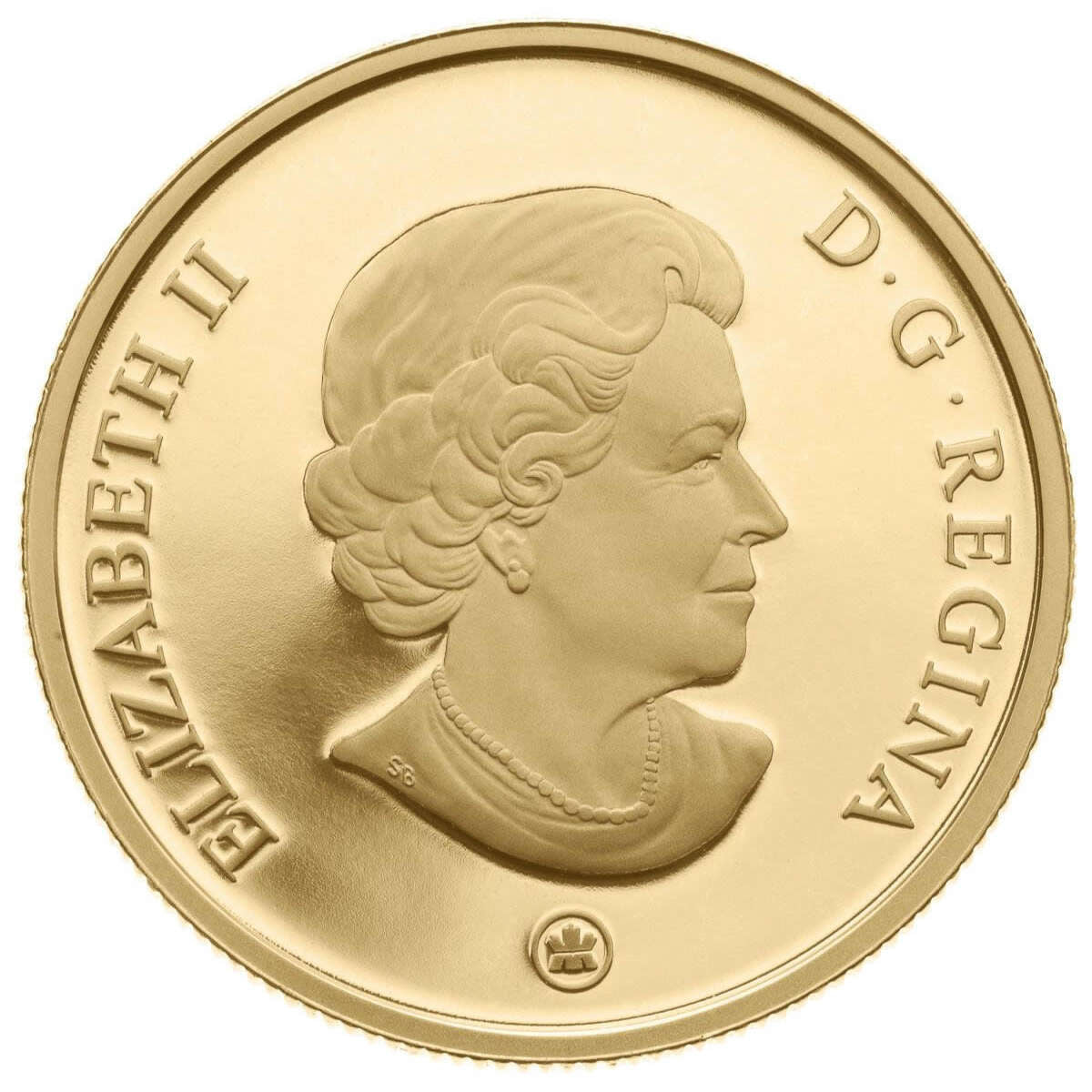Description
Cherishing the land, preserving the culture In the Inuit language (Inuktitut), "Nunavut" means "our land." To Inuit, land is not something that is controlled or owned. It is a relationship—like an unbreakable bond between a newborn and its mother.
For thousands of years, Inuit and their ancestors lived as nomads, eternally linked to the rhythm of the land and the seasons, moving from place to place as they followed the migratory patterns of caribou, seals, fish and birds. Their relationship with the land and wildlife around them became the very essence of their culture.
Contact with European explorers dramatically altered this way of life. Yet, after hundreds of years of change, the contemporary members of this ancient people came together to reclaim their past and preserve it for the future. In 1973, they began a study to demonstrate the extent of Inuit aboriginal title in the Arctic; the basis of their land claim that would follow. Twenty-five years later, the Nunavut Act was adopted and received Royal Assent on July 9, 1998. Then, on April 1, 1999, people coast to coast celebrated Canada's youngest territory as Nunavut officially joined the federation of Canada.
No doubt, the Inuit celebrated the event with many a drum dance; a ritual that is as much a part of their cultural fabric as the land that surrounds them. The drum dance recounts people's experiences; tells stories and dreams; preserves ancestral wisdom and values. It is a living bond between those who have walked before us—and those who are yet to come.
For thousands of years, Inuit and their ancestors lived as nomads, eternally linked to the rhythm of the land and the seasons, moving from place to place as they followed the migratory patterns of caribou, seals, fish and birds. Their relationship with the land and wildlife around them became the very essence of their culture.
Contact with European explorers dramatically altered this way of life. Yet, after hundreds of years of change, the contemporary members of this ancient people came together to reclaim their past and preserve it for the future. In 1973, they began a study to demonstrate the extent of Inuit aboriginal title in the Arctic; the basis of their land claim that would follow. Twenty-five years later, the Nunavut Act was adopted and received Royal Assent on July 9, 1998. Then, on April 1, 1999, people coast to coast celebrated Canada's youngest territory as Nunavut officially joined the federation of Canada.
No doubt, the Inuit celebrated the event with many a drum dance; a ritual that is as much a part of their cultural fabric as the land that surrounds them. The drum dance recounts people's experiences; tells stories and dreams; preserves ancestral wisdom and values. It is a living bond between those who have walked before us—and those who are yet to come.





